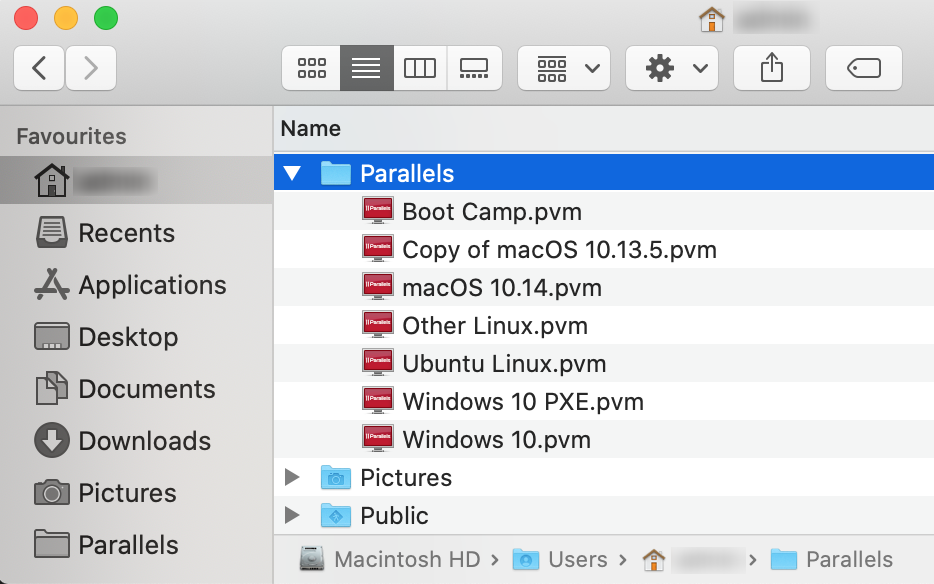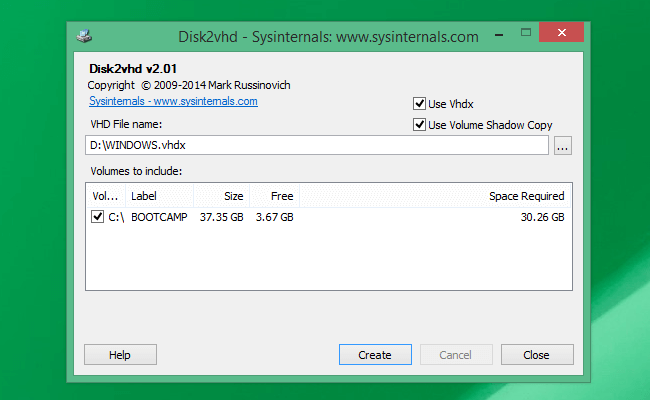

- #Convert parallels to virtualbox how to#
- #Convert parallels to virtualbox install#
- #Convert parallels to virtualbox pro#
- #Convert parallels to virtualbox Pc#
- #Convert parallels to virtualbox download#
So, if I format the disk, the VHD file will be erased. Step 5: Select a virtual machine and choose import type. How do I format a virtual drive? Do you mean to format the disk where the virtual drive is located? If I go that route in Disk Management, a message appears that says "Formatting this volume will erase all data on it.". Then, step 2 says to format the virtual drive. Secondly, before step 2, your instructions say to choose Create VHD and to choose the location. I discovered this after uninstalling Classic Shell.
#Convert parallels to virtualbox Pc#
Right-clicking on the This PC icon and choosing Manage does open Disk Management in both cases. So, right-clicking the Start Button (Windows Logo) does not show Disk Management. First off, I have installed Classic Shell which replaces the start menu with one that looks more like Windows 7. But your instructions are confusing to me. tib file validates successfully and the conversion tool fails, I need to use your method to do so.
#Convert parallels to virtualbox install#

#Convert parallels to virtualbox how to#
Here’s how to add TPM to a VMWare Workstation Player VM: It only encrypts enough for the “secure enclave”, so perf should be way better, & no pwd. Oh but you should try this new experimental and currently undocumented feature… Instead of encrypting and adding the TPM, just add this VMX flag instead: The tweak should work with VMWare Workstation Player 16.2/Fusion Player 12.2 and above. Under the hood, the flag partially encrypts the VM without a password. hdd file, right-click and choose Show Package Content. It is located in your Parallels folder (where all the VMs are located my VM was in the Documents folder on my Mac) and right-click -> Show Package Contents. Nonetheless, you can still enable it using a nifty tweak.īack in October this year, Michael Roy, a VMWare Product Manager, confirmed that users of the free VMWare Workstation Player can enable TPM through an undocumented flag. Locate the VM file that you wish to import. Unlike its “Pro” sibling, VMWare Workstation Player doesn’t offer an option to add a virtualized TPM. This command takes few minutes to complete.


Moreover, it cannot be started on another computer if copied or moved. Once you have the VMDK, all you have to do this use the VBoxManage command line to convert the VMDK to VDI like: VBoxManage clonehd -format VDI nameofyourvmdkfile.vmdk nameofyournewimagecanbeanything.vdi. Note that when the virtualized TPM is enabled, the virtual machine is restricted from running on other Macs. Parallels Desktop 16 doesn’t support this feature on Mac computers with Apple M1 chip.
#Convert parallels to virtualbox pro#
In case you’ve a legacy version (like Parallels Desktop 15 and 16 for Intel-based Mac computers), a vTPM chip is available for Pro and Business Editions only. Starting version 17.1.0, Parallels Desktop enables the virtual TPM chip (vTPM) by default for all Windows 11 virtual machines - both new and existing - on Intel-based Macs as well as Apple M1-based Macs. The module can be seen by booting to the UEFI firmware and navigating to Device Manager => TCG2 Configuration. The hypervisor should automatically create a virtualized TPM device for the VM. Next, create a VM instance from scratch and set the target OS as Windows 11.
#Convert parallels to virtualbox download#
If you’re ready to play with the bleeding edge builds, then download the latest Oracle VM VirtualBox snapshot release from this page.


 0 kommentar(er)
0 kommentar(er)
